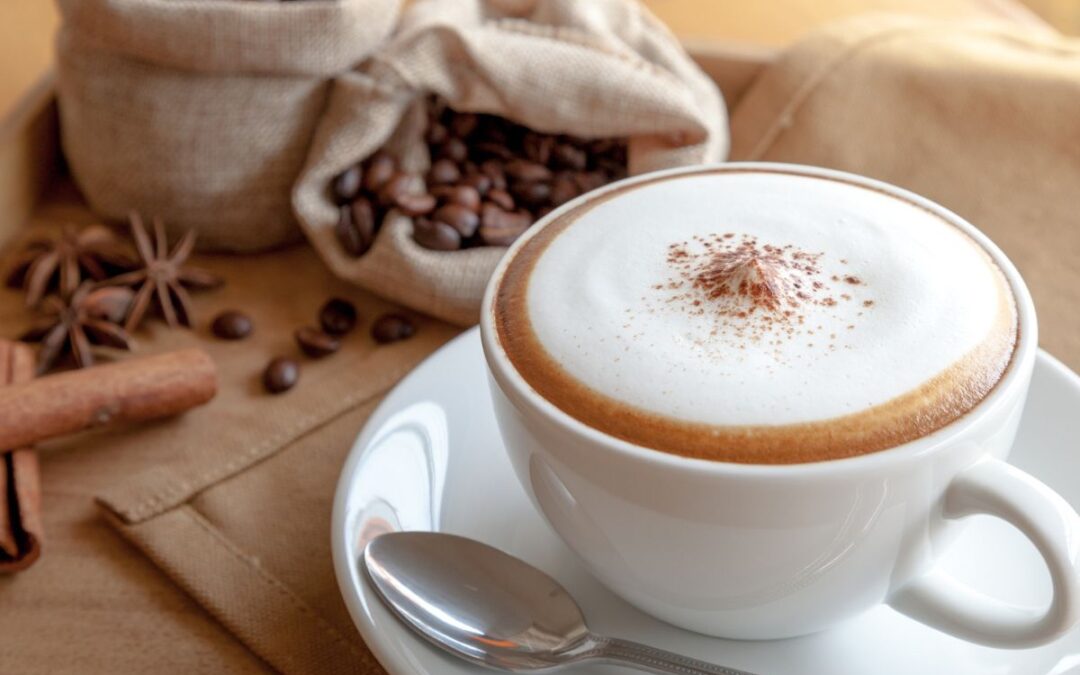As the world gears up to celebrate International Coffee Day, {October 1}, new global research is shining a spotlight on what coffee drinkers are ordering most – and the insights could help New Zealand’s cafés and hospitality operators refine their brews.
The international study, led by German coffee specialists Coffeeness, mapped the most popular coffee styles across dozens of countries. The results provide a clear snapshot of global coffee culture at a time when New Zealand’s own café scene is evolving, with operators balancing tradition, innovation, and customer demand.
Cappuccino rules the world
According to the research, the cappuccino is the undisputed global favourite, taking top spot in 24 countries across Asia, Africa, Europe, and the Americas. From Milan to Manila, it’s the velvety mix of espresso, steamed milk, and foam that continues to win over customers.
New Zealand baristas won’t be surprised. Locally, the flat white has long been our national hero – but cappuccinos still account for a strong share of café sales, especially among international visitors and customers who want a more indulgent drink.
For NZ operators, the global trend is a reminder to ensure consistency. Customers increasingly expect not just a cappuccino, but one with the perfect foam texture, balance, and presentation. Investing in barista training and high-quality milk alternatives is key to meeting expectations, particularly with a growing demand for oat and plant-based options.
Espresso Holds Steady
Espresso came in as a close second most popular style worldwide, dominating in 14 countries. In many parts of Europe, including Italy and Portugal, espresso is a cultural staple – the ultimate quick fix and a symbol of coffee authenticity.
In New Zealand, espresso is the foundation of nearly every drink ordered, but pure espresso shots remain more niche. However, there is a loyal following among travellers, young professionals, and purists who prize its intensity. Operators might consider leaning into espresso culture through tasting flights, single-origin offerings, or education around beans and roast profiles – tapping into the rising interest in specialty coffee.
Black Coffee Has Its Champions
Interestingly, black coffee ranked as the favourite in 12 countries, showing the enduring appeal of a simple, unadorned cup. This preference aligns with broader consumer movements toward authenticity, health, and transparency.
For New Zealand cafés, offering premium filter or batch brew options can help diversify menus while catering to customers seeking lower-cost, high-quality coffee. With operational pressures on staffing and efficiency, batch brew has re-emerged as a practical and profitable choice, especially in busy venues.
Turkish Coffee Remains Niche
At the other end of the spectrum, Turkish coffee proved the least widespread in global rankings, with its popularity largely concentrated in Turkey itself. While it’s unlikely to become a mainstream order in New Zealand, adventurous operators could still experiment by adding occasional “world coffee” specials or cultural experiences to their menus.
Tips for Operators
- Customer familiarity matters. With cappuccino topping global rankings, offering consistently excellent versions of the classics remains vital for cafés and hotels.
- Plant-based is non-negotiable. With more customers seeking oat, soy, and almond milk options, businesses need to ensure these alternatives meet the same textural and flavour standards as dairy.
- Specialty offerings create an edge. While cappuccinos and flat whites dominate, operators can differentiate by introducing global styles, single origins, and storytelling around provenance.
- Operational efficiency counts. Batch brew and black coffee options can improve speed of service and margins while still appealing to discerning drinkers.

